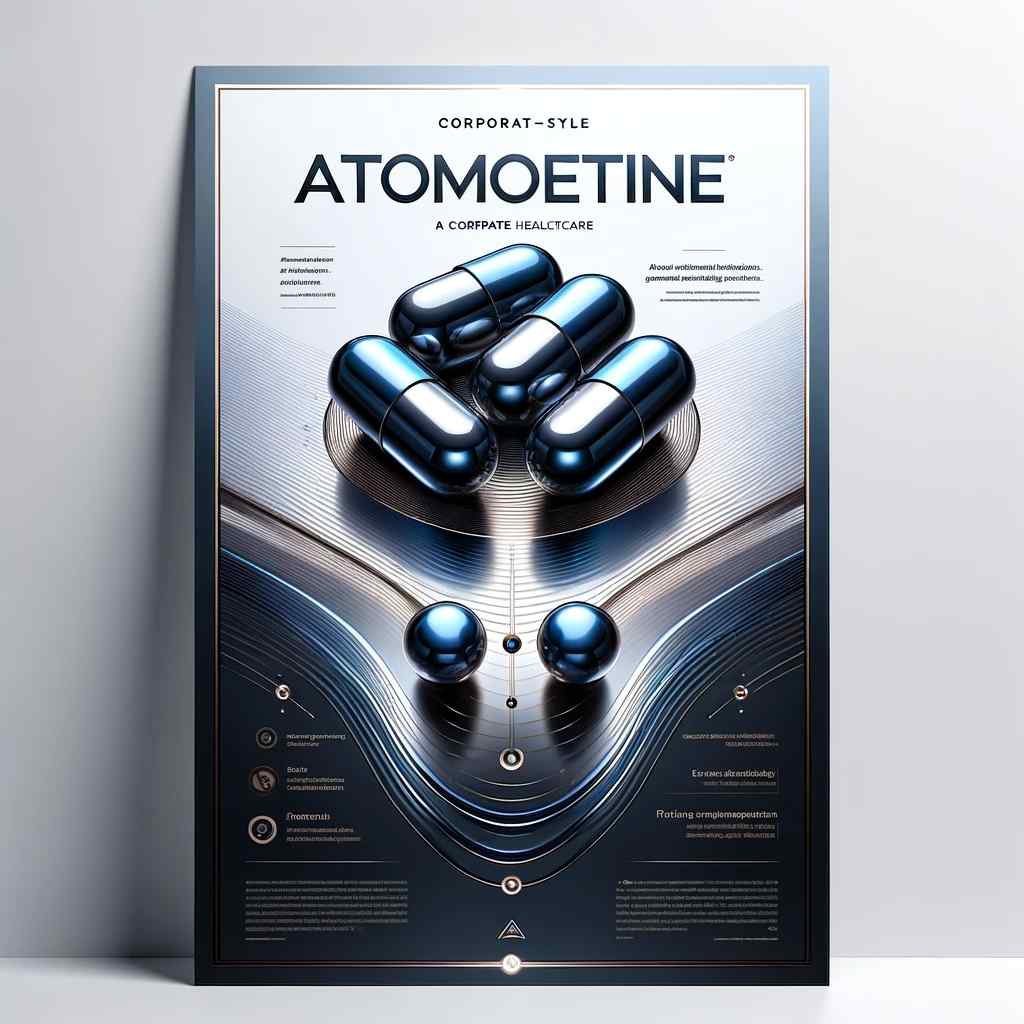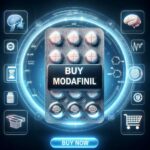
Introduction
Atomoxetine, commonly known by the brand name Strattera, has emerged as a pivotal medication in the treatment of Attention Deficit Hyperactivity Disorder (ADHD) in children, adolescents, and adults. This drug stands out as a selective norepinephrine reuptake inhibitor (SNRI), targeting a key neurotransmitter, norepinephrine. This neurotransmitter is integral to maintaining focus, attention, and regulating impulse control. Atomoxetine’s increasing use in ADHD therapy highlights its effectiveness in enhancing both symptoms and overall functionality.
Understanding Attention Deficit Hyperactivity Disorder (ADHD)
ADHD is a neurodevelopmental disorder marked by ongoing inattention, hyperactivity, and impulsivity, significantly impacting daily life. There are three primary types of ADHD: inattentive, hyperactive-impulsive, and combined. Each type affects individuals differently, often disrupting academic performance, social relationships, and overall well-being.
Mechanism of Action of Atomoxetine
Atomoxetine’s mechanism hinges on increasing norepinephrine levels in the brain. By blocking the reuptake of this neurotransmitter, it remains more active, aiding in better regulation of attention, focus, and impulse control. Unlike common stimulants for ADHD, atomoxetine doesn’t directly stimulate the central nervous system, making it a unique alternative.
Dosage and Administration of Atomoxetine
The dosage of atomoxetine varies, generally taken once daily. It’s crucial to follow a healthcare professional’s advice to tailor the dosage based on age, weight, and individual response. Consistency in taking the prescribed dosage is key to its effectiveness.

Potential Side Effects of Atomoxetine
While atomoxetine is generally well-tolerated, some may experience side effects like decreased appetite, nausea, dry mouth, constipation, or difficulty sleeping. These effects are often mild and temporary, but it’s important to consult a healthcare provider for any persistent or concerning symptoms.
Comparison of Atomoxetine with Other ADHD Medications
| Medication Type | Efficacy | Safety Profile | Potential Side Effects |
|---|---|---|---|
| Atomoxetine | High | Good | Nausea, Dry mouth, Sleep issues |
| Stimulants (e.g., Adderall) | Very High | Varies | Increased heart rate, Loss of appetite |
| Non-stimulants (e.g., Guanfacine) | Moderate | Good | Drowsiness, Headache |
This table illustrates that while all ADHD medications have their pros and cons, individualized treatment is crucial.
Conclusion
Atomoxetine, with its distinct mechanism and efficacy in ADHD management, is a significant option in the ADHD therapeutic arsenal. Consulting healthcare professionals for appropriate diagnosis and medication selection is vital for optimal treatment outcomes. For further information on ADHD and mental health, it’s important to refer to credible resources and support systems.




